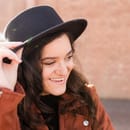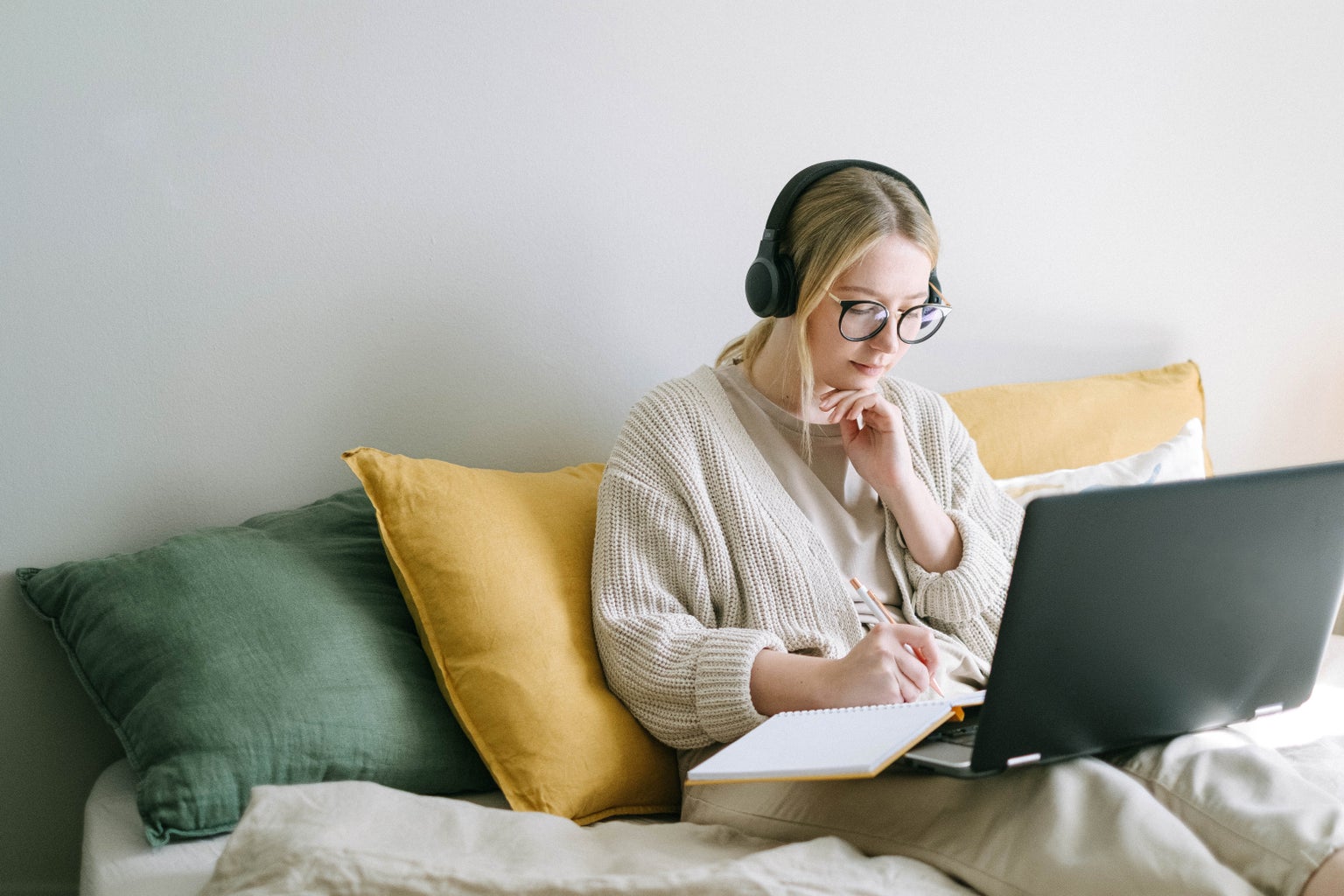We may all know our MBTI types, our enneagram types and our astrological signs, but may not pay attention to or even know our learning styles. However, knowing your learning style is one of the most important things you can know about yourself because it will tell you how you retain information best. That’s especially important for college students because it will help guide you in how to study for any of the classes that you take.
For those who don’t know, there are four different learning styles: visual, kinesthetic, auditory, and reading/writing. There may also be some overlap for you, meaning you could benefit from studying according to multiple learning styles. At the end of the day, though, knowing and understanding how to study based on your learning style will not only be beneficial in your college career but also for any topics that you’re interested in learning about.
- Visual learners
-
Just like the name suggests, visual learners learn best by seeing the information that they’re learning about. Megan Callahan, who has a Masters’s degree in Secondary Education and has been a high school math teacher for six years, suggests that visual learners “create flashcards for important terms,” and that “by studying with flashcards, students are triggering their brain to recognize keywords and look for them on their tests.” They add, “Educators also recommend drawing on these flashcards or in their notes to activate the visual part of their brain.” If you’re artistic, that’s also a way to use your hobby as a way to help you study.
Education counselor Johnson Adegoke recommends that visual learners “use diagrams, charts, and graphs to visualize the material, watch videos and tutorials that demonstrate the topic, and create mind maps or flowcharts to connect ideas and concepts.” A mind map is a diagram that has one main topic in the middle with subtopics and associations that branch off of the main topic. There are plenty of websites and apps that allow you to make mind maps, but I like to use coggle.it. While in college, I had a class that required me to make mind maps and I still use them today to plot out the novels that I write.
- Kinesthetic learners
-
Kinesthetic learners are people that learn best through movement. Just like with visual learners, Callahan tells kinesthetic learners to use flashcards as well because “you are using your hands and creating movement as you study.” In addition to that, “highlighting your notes is also a way to activate the kinesthetic learning style.”
Adegoke says that the other ways to study kinesthetically are by “participating in hands-on activities, such as experiments or simulations, using physical objects or props to help illustrate concepts, and using role-playing or group activities to practice applying the information.” If you enjoy acting and theater and are a kinesthetic learner, that’s a unique option you may not have thought of. Studying may look difficult for kinesthetic learners, but it’s not impossible.
- Auditory learners
-
Auditory learners are those people that learn best by using their ears and hearing noises. Callahan tells Her Campus that “repeating words and talking to a friend who is also studying the same thing is a great way to engage auditory learners.” They add, “Saying key words out loud is another quick way to help things be seen, written, or heard.”
If those methods don’t appeal to you, Adegoke says that auditory learners can “record lectures or discussions and listen to them later, [or] use audiobooks or podcasts to learn new information.” Luckily, many textbooks are available as audiobooks, so you can use those to study. He also suggests that auditory learners “use mnemonic devices, such as songs or rhymes to help remember information.” Though mnemonic devices are primarily used in elementary school, that doesn’t mean that the technique has to stop there. If you’re an auditory learner, there’s plenty of ways for you to study!
- Reading/writing learners
-
As someone who’s a reading/writing learner, I have finally found a way of studying that works for me and helped me to succeed in my studies. Callahan tells Her Campus that reading/writing learners can “go back and read all of your notes from this unit/topic/semester and … after you read them, write down the items that are important.” Depending on what the class is and how you prefer to take your notes during class, you can rewrite them by hand or type them.
Adegoke also says that reading/writing learners can “organize [their notes] using headers and bullet [points],” as well as “create study guides and summaries of the material and use textbooks and other written resources.” Though reading/writing learners have what’s considered a “normal” way of studying, it’s the way that works best for them.
Just like how everyone has different personality types, people also have different learning styles. It’s also important to acknowledge that there are different ways that you can study regardless of what your learning style is. Whether you’re in college or just love to learn new things, the learning styles work wonders for helping you retain information. Happy studying!




